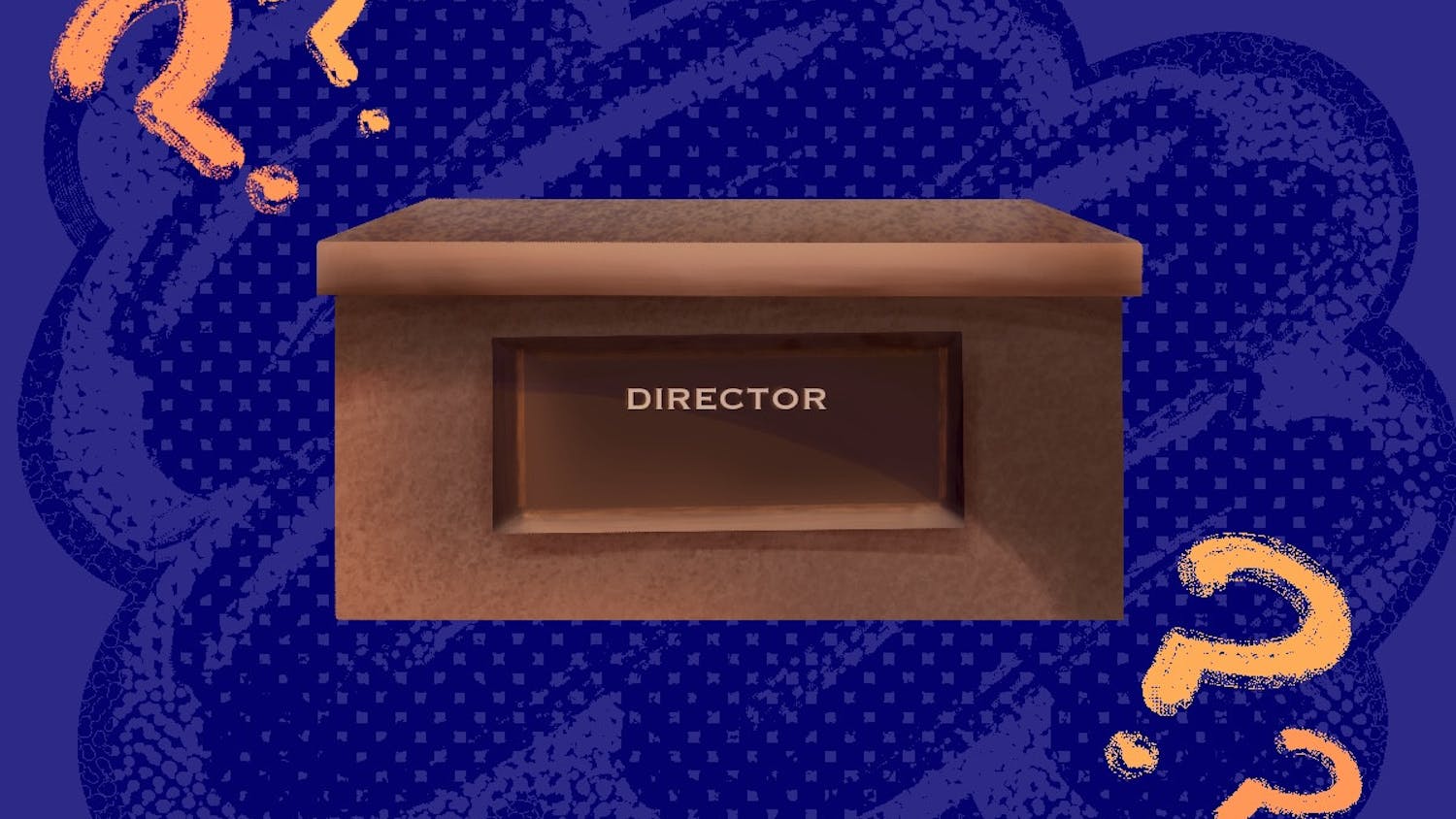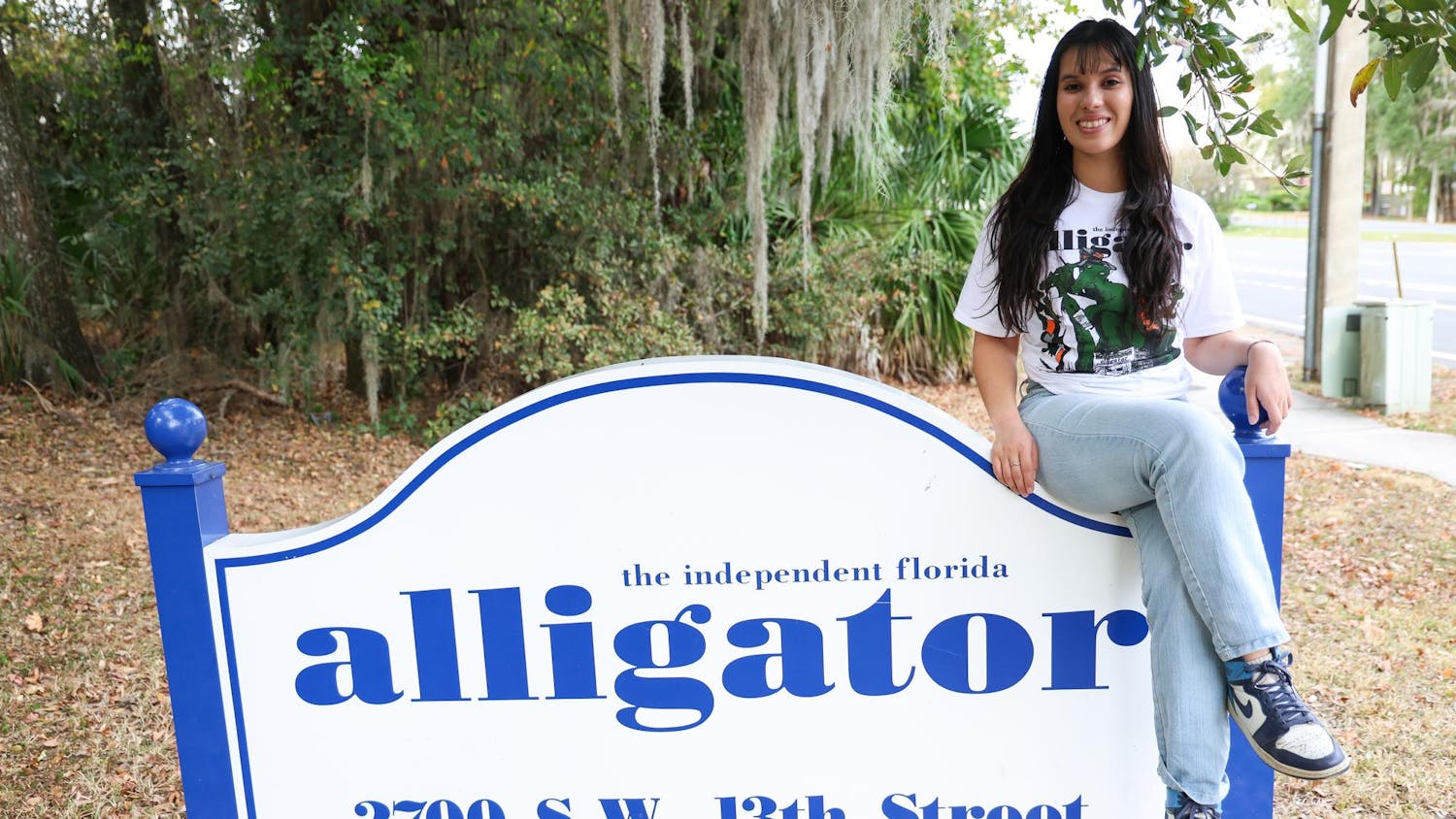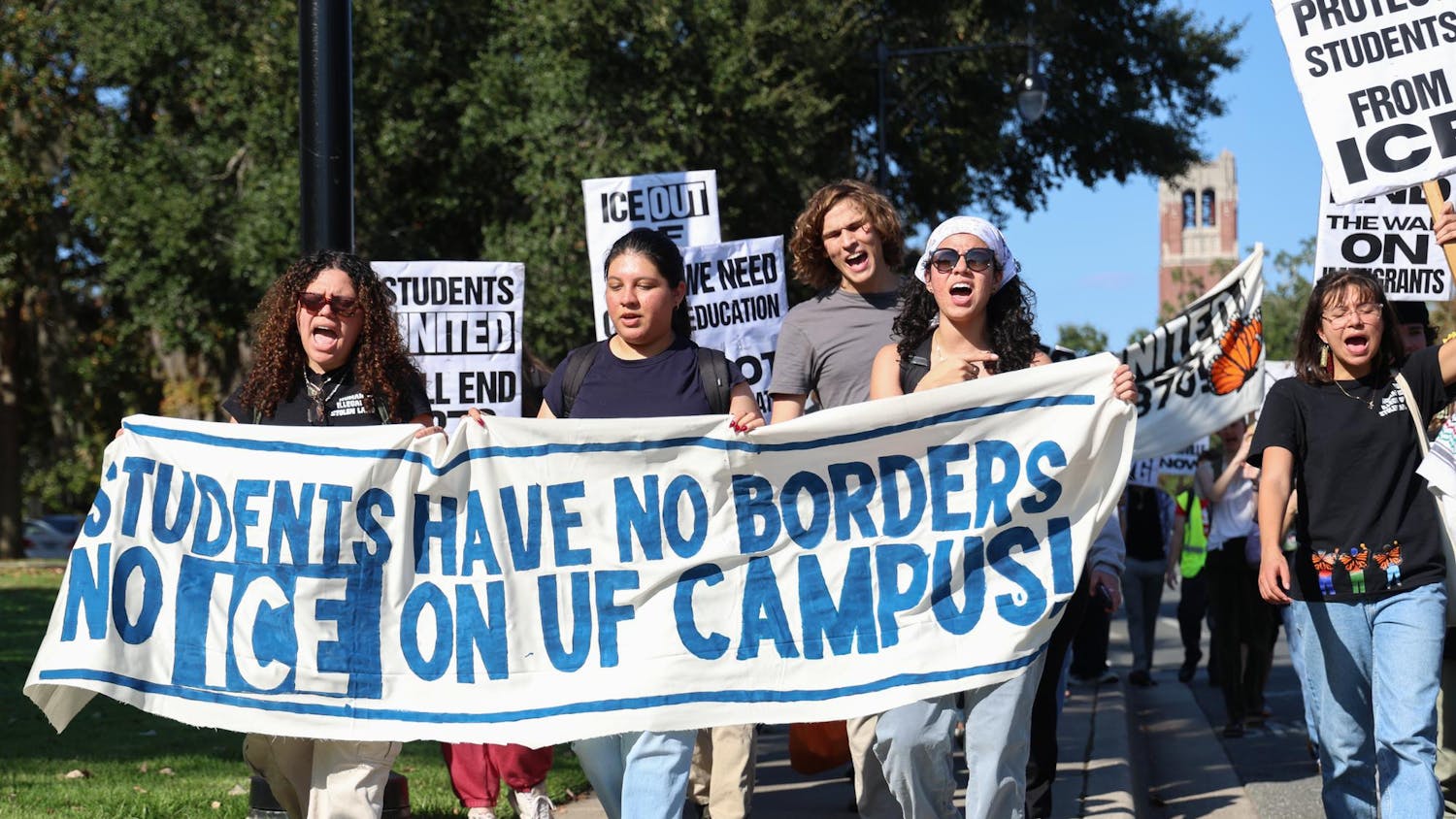To disprove a nearly 30-year-old rule of quantum physics, scientists had to travel to the coldest spot in the known universe — 30 feet below UF’s campus.
In an international collaboration, scientists used a superconductor, magnets and a series of refrigerators to measure the atomic spin of subatomic particles called bosons as they transitioned into the Bose-glass phase, said Neil Sullivan, a UF physics professor and director of the National High Magnetic Field Laboratory High B/T Facility.
In this state, individual particles that make up a material begin to act as a single coherent unit.
The experiment was conducted at the Microkelvin laboratory and was funded by the National Science Foundation.
“There are only one or two places in the world you can do this,” Sullivan said. “UF has the leading facility.”
Two theorists, Tommaso Roscilde at the University of Lyon in France, and Rong Yu from Rice University in Houston, developed the underlying ideas for the study, according to a press release. These challenged a precedent established in 1985 about how the strength of a magnetic field affects the rate that bosons transition into the Bose-glass phase.
Scientists used a crystalline sample doped with impurities for the experiment to simulate a real-world scenario, according to the release.
“When you build a superconductor there are going to be imperfections,” Sullivan said. “Knowing how disorder affects these systems is very important.”
The crystal’s temperature was dropped in a series of refrigerators to slow down the particles inside to an observable speed. For this experiment, temperatures were brought one-thousandth of a Kelvin above absolute zero, about -459.67 degrees Fahrenheit, according to the release.
Then, an organic quantum magnet swept the crystal with magnetic fields 20,000 times stronger than Earth’s magnetic field, causing the bosons to transfer into the Bose-glass phase.
It took scientists six months to sweep the magnets about 150 times at 10 different temperatures.
“We have to sweep very slowly or else it heats up the sample,” said Liang Yin, an assistant scientist in the UF physics department who operated the equipment in the Microkelvin laboratory.
The scientists found that the rate at which bosons transition is a much sharper function of magnetic field, Sullivan said. The findings were published today in the journal “Nature.”
One current use of quantum technology is using superconductors used to power MRI scanners.
In the future, quantum knowledge could be used for developing quantum computing, alternative energy and magnetic levitation for trains, according to the release.
“We are testing a fundamental quantum theory,” Sullivan said. “I think that in 20 years my students will say why didn’t they think of that.”
Contact Michael Scott Davidson at mdavidson@alligator.org.





